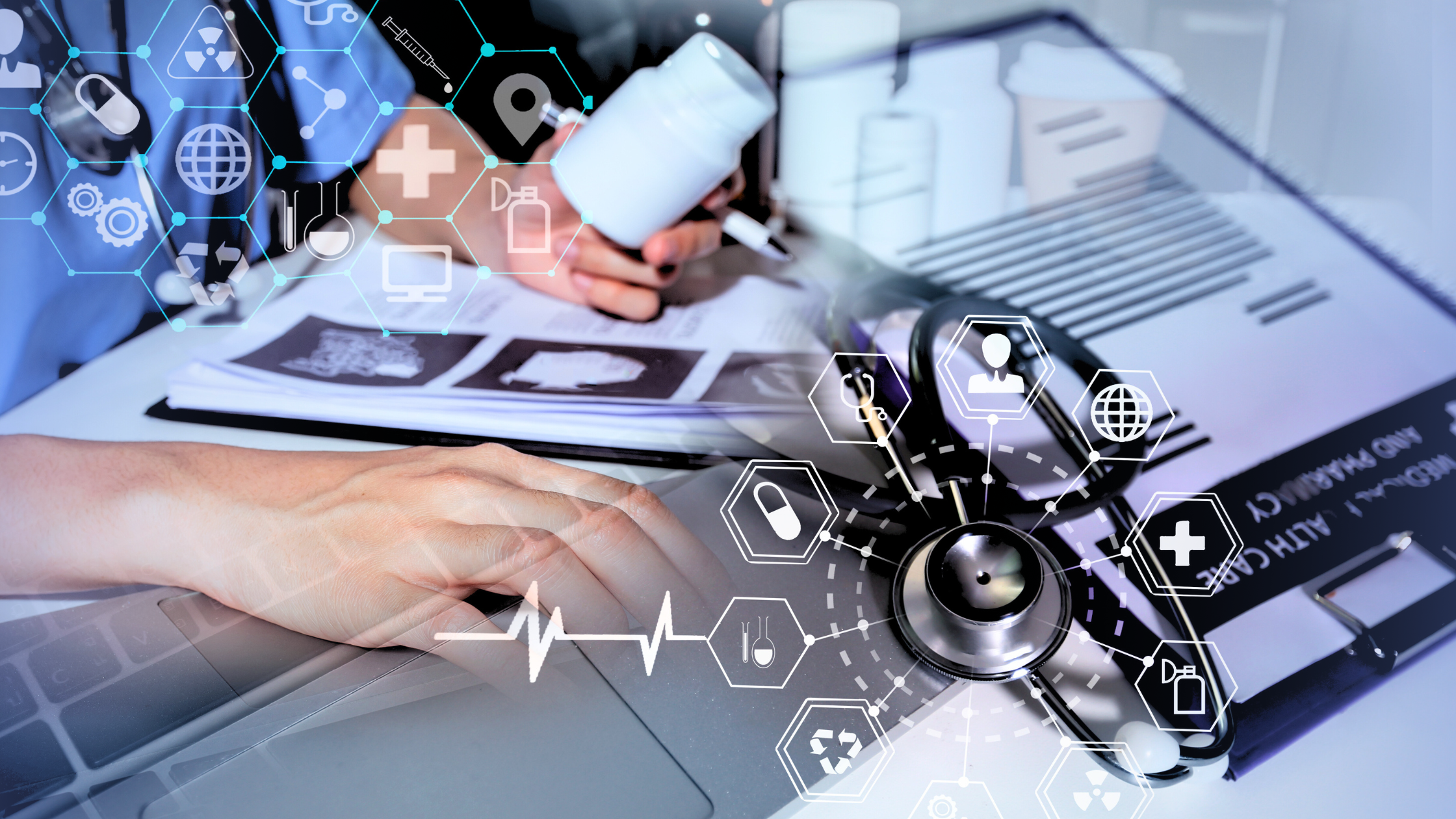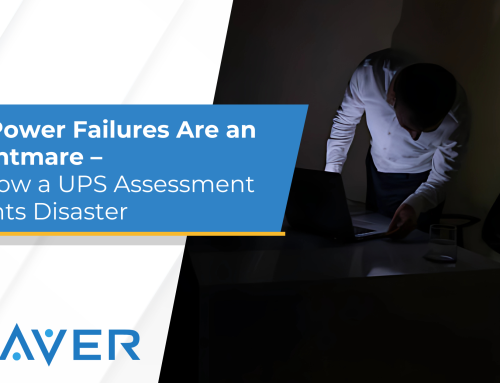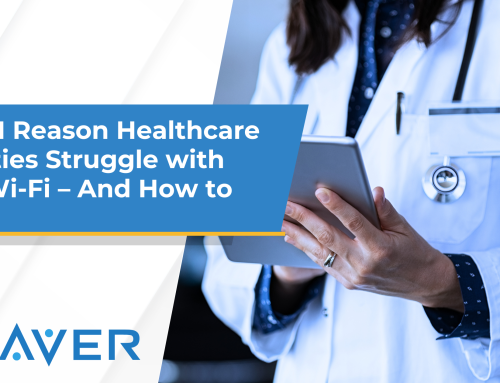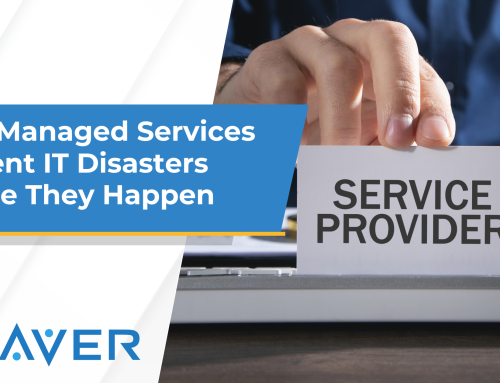In today’s fast-paced digital age, modernizing IT infrastructure in health centers is not just a necessity—it’s a game-changer. Upgrading IT systems can significantly enhance operational efficiency, improve patient care, and bolster data security. This blog delves into essential strategies and cutting-edge technologies that are transforming health centers.
Best Practices for Upgrading IT Infrastructure
Modernizing IT infrastructure in health centers requires careful planning and execution. Here are some best practices to consider:
Assessing Current IT Capabilities
Before upgrading, conduct a thorough assessment of your current IT infrastructure. Identify outdated systems, software, and hardware that need replacement or enhancement. Understanding your starting point is crucial for planning effective upgrades.
Prioritizing Upgrades Based on Impact
Focus on upgrades that will have the most significant impact on patient care and operational efficiency. Prioritize improvements in areas such as Electronic Health Records (EHR) systems, network speed, and data storage solutions. This strategic approach ensures that resources are allocated effectively.
Ensuring Minimal Disruption During Upgrades
Plan upgrades in phases to ensure minimal disruption to health center operations. Schedule maintenance during off-peak hours and provide staff with training on new systems to facilitate a smooth transition. Clear communication with all stakeholders is key to managing expectations and minimizing inconvenience.
Enhancing Cybersecurity in Health Centers
Cybersecurity is a critical component of IT infrastructure. Health centers must protect sensitive patient data from cyber threats. Here are key considerations:
Understanding Cybersecurity Risks in Healthcare
Health centers are prime targets for cyberattacks due to the valuable data they hold. Understanding common threats, such as ransomware, phishing, and data breaches, is essential for developing effective security measures. Keeping abreast of the latest cybersecurity trends and threats is vital.
Implementing Robust Security Protocols
Adopt comprehensive security protocols, including encryption, firewalls, and multi-factor authentication. Regularly update software and systems to patch vulnerabilities and conduct routine security audits to identify and mitigate risks. An incident response plan should also be in place to quickly address any breaches.
Training Staff on Cybersecurity Awareness
Educate staff on the importance of cybersecurity and best practices for maintaining data security. Regular training sessions can help staff recognize and respond to potential threats, reducing the risk of breaches. Foster a culture of security awareness to ensure everyone understands their role in protecting sensitive information.
Leveraging Cloud Computing in Health Centers
Cloud computing offers numerous benefits for health centers, from cost savings to improved data accessibility and collaboration. Here’s how to leverage it effectively:
The Benefits of Cloud Computing
Cloud computing provides scalable storage solutions, reducing the need for on-site hardware. It also enables easy data sharing and collaboration, enhancing the efficiency of health center operations. Additionally, cloud services often come with robust security measures, offering added protection for sensitive data.
Choosing the Right Cloud Provider
Select a cloud provider that meets your health center’s needs. Consider factors such as security, compliance with healthcare regulations, and customer support when making your decision. It’s crucial to choose a provider that offers reliable uptime and disaster recovery solutions.
Implementing a Hybrid Cloud Strategy
A hybrid cloud strategy, which combines on-premises infrastructure with cloud services, can offer the best of both worlds. It provides flexibility, scalability, and enhanced data security, ensuring that sensitive information remains protected while benefiting from the efficiencies of cloud computing.
The Role of IoT (Internet of Things) in Healthcare
IoT technology is transforming healthcare by enabling real-time monitoring and data collection. Here’s how to incorporate IoT effectively:
IoT Applications in Health Centers
IoT devices, such as wearable health monitors and smart medical equipment, can collect and transmit data in real-time. This technology allows for continuous patient monitoring and timely interventions, improving patient outcomes and operational efficiency.
Integrating IoT with Existing IT Systems
Ensure that IoT devices are compatible with your health center’s existing IT infrastructure. Integration allows for seamless data flow and better patient care. Interoperability standards should be adhered to, facilitating smooth communication between various systems and devices.
Addressing IoT Security Concerns
IoT devices can be vulnerable to cyberattacks. Implement robust security measures, such as device authentication and encryption, to protect data transmitted by IoT devices. Regularly update and patch IoT devices to prevent security vulnerabilities and ensure they are secure against emerging threats.
Conclusion and Future Directions
Upgrading IT infrastructure is crucial for modern health centers to enhance patient care, improve operational efficiency, and ensure data security. Embracing new technologies and following best practices will prepare health centers for future challenges and opportunities.
Ready to upgrade your health center’s IT infrastructure? Contact us today to learn how we can help you implement cutting-edge solutions that enhance patient care and operational efficiency.







